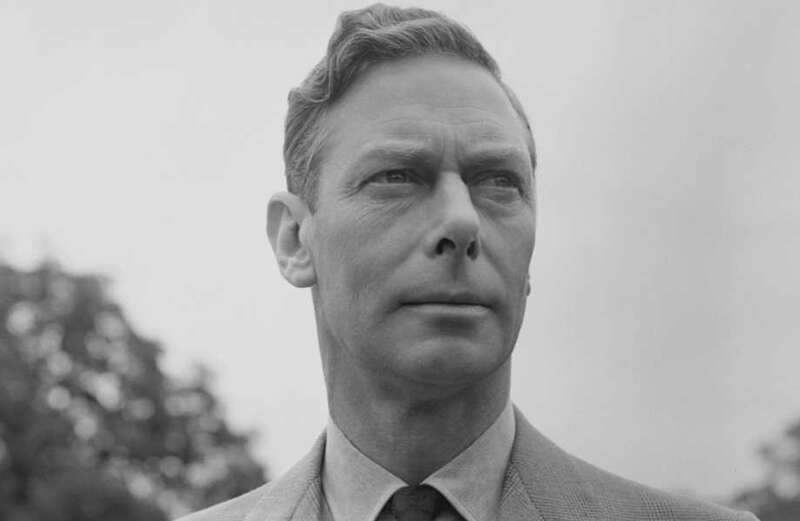KING George VI was the father of the late Queen Elizabeth II.
He was not the direct heir to the throne but him becoming the King of England changed the course of British history. Here's everything you need to know about King George VI.

Who was Queen Elizabeth II's father?
Queen Elizabeth II's father was George VI, who was born on 14 December 1895.
He was the King of the United Kingdom and the Dominions of the British Commonwealth from 11 December 1936 until his death on 6 February 1952.
However, some may not know that he was not the direct heir to the throne after his father King George V died in January of 1936.
 Royals ‘brace for Meg memoir’ after Harry's book ‘to rip Wills & Kate’
Royals ‘brace for Meg memoir’ after Harry's book ‘to rip Wills & Kate’
His older brother, King Edward VIII was next in the line of succession and began his reign at that time.
However, Edward VIII abdicated the throne not long after, in December 1936, which gave the title to the next in line, King George VI.
Edward VIII abdicated due to wanting to marry Wallis Simpson which caused issues.
This was due to her being a divorcee which went against protocol at the time therefore Edward chose to abdicate so he could be with Wallis.
The late Queen succeeded her father on the same day and reigned until her tragic death aged 96.
King George VI was the monarch throughout WWII.
During this time he gained popularity as he became a hands on king and visited severely bombed areas in the East End of London and elsewhere in the country.
How did King George VI die?
Princess Elizabeth, who was then aged 25, was in Kenya on a royal tour when she learned of her father George VI's death.
The King, who was ill with lung cancer and other ailments, had ignored doctors' advice to see his daughter off from London Airport on January 31, 1952.
Elizabeth and her husband Philip planned to travel to Australia after a week in Kenya.
 Inside Camilla's £850k 'guilty pleasure' country pad - and Charles 'hates' it
Inside Camilla's £850k 'guilty pleasure' country pad - and Charles 'hates' it
But on the morning of February 6, the King was found dead from a coronary thrombosis in his bed at Sandringham in Norfolk.
Prince Philip broke the news to his wife at the time.
Queen Elizabeth had a close relationship with her father and the two of them spent quite a bit of time together.
However, he refrained from telling his family about how serious his illness which meant it was a shock when he passed away.
When did Queen Elizabeth assume sovereignty?
The Princess, eldest of the monarch's two daughters and first in line to the throne, flew back to London as Queen.
She formally proclaimed her accession at a meeting of the Accession Council - a ceremonial body made up of privy councillors, peers and senior officials - at St James's Palace on February 8.
She became the first Sovereign in over 200 years to accede while abroad.
Speaking after her meeting with the council, the Queen said: "By the sudden death of my dear father I am called to assume the duties and responsibilities of sovereignty.
"My heart is too full for me to say more to you today than I shall always work, as my father did throughout his reign, to advance the happiness and prosperity of my peoples, spread as they are all the world over."
Her formal coronation as Queen Elizabeth II took place on June 2, 1953, in London's Westminster Abbey.
She reigned for 70 years, until her death on September 8, 2022, aged 96, making her son, Charles, King.
He is now known as King Charles III.
Six First World War era 13-pounder guns are pulled across the park by teams of six horses each.
The guns are detached and soldiers fire blanks a total of 41 times at ten second intervals, sending up puffs of white smoke.



































